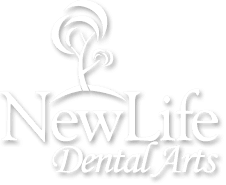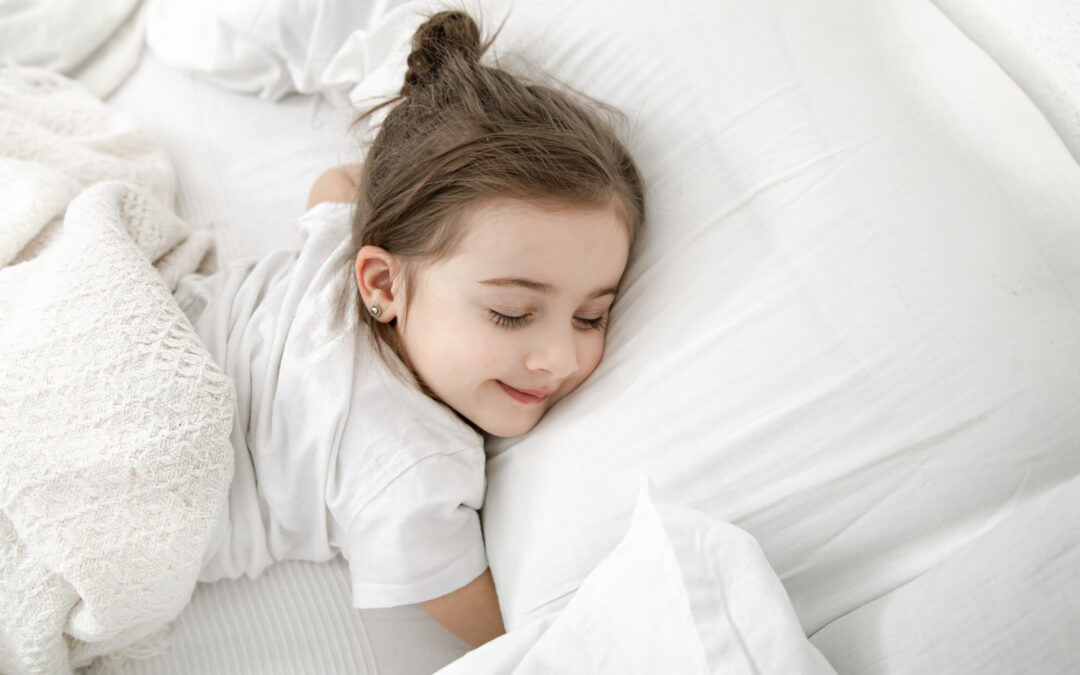Sleep apnea in children is a condition that often goes unnoticed but can have a significant impact on a child’s overall well-being. It involves brief interruptions in breathing during sleep, which may not seem alarming at first. However, these interruptions can lead to disturbed sleep patterns and can affect a child’s mood, learning ability, and physical health. Recognizing early signs becomes essential to prevent future complications and to ensure that children maintain a healthy, active lifestyle.
Identifying sleep apnea early allows for timely intervention, which is crucial in minimizing its impact. It helps in improving the quality of sleep and, subsequently, the performance and development of the child. Parents play a vital role in observing and understanding these early signs, setting the stage for a future where their children can thrive without any hidden obstacles.
Recognizing the Early Signs of Sleep Apnea in Children
Spotting the early signs of sleep apnea in children can be tricky, as it often mimics other more common childhood issues. However, knowing what to look for can make a big difference. Common symptoms include:
- Snoring: While occasional snoring can be normal, persistent loud snoring is a red flag.
- Restless Sleep: Kids tossing and turning frequently or waking up often could indicate disrupted sleep.
- Daytime Fatigue: Feeling tired in the daytime even after a full night’s sleep is another indicator.
Behavioral signs are also a clue. Kids with sleep apnea might show irritability or have trouble concentrating at school. They may find it tough to focus on homework or simple tasks, which can impact their daily learning.
An example of early detection benefiting a child can be seen in stories of parents who noticed these issues early on. For instance, a child who consistently fell asleep during school activities was later found to have sleep apnea. Once treated, there was a noticeable improvement in attention and energy levels.
As a parent, being mindful and observing these signs diligently can pave the way for seeking further assistance if needed. Recognizing these early symptoms ensures that children get the necessary help to overcome sleep apnea and flourish in their everyday adventures.
Importance of Seeking Professional Help
When dealing with sleep apnea in children, getting professional help is essential. A specialist, such as a sleep apnea oral appliance dentist in Lake Stevens, WA, can provide a proper diagnosis. These experts have the tools and knowledge to evaluate symptoms correctly and determine the most suitable treatment for a child’s specific needs.
The role of a dentist in diagnosing and managing sleep apnea is crucial. They can assess the situation by examining the child’s oral and dental structure, providing a clearer picture of what’s happening. With their expertise, these professionals can recommend effective solutions tailored to each child. This support can make all the difference in finding a path forward that alleviates symptoms and improves the child’s quality of life.
Treatment Options for Sleep Apnea in Children
Once a diagnosis is made, various treatment options are available for children with sleep apnea. Each child’s needs can be unique, but common approaches include:
1. Lifestyle Changes: Simple adjustments in daily habits, like maintaining a healthy weight and ensuring regular sleep patterns, can help manage mild cases.
2. CPAP Machines: Continuous Positive Airway Pressure (CPAP) machines are often used to keep airways open during sleep. While typically associated with adults, they can be adapted for children in more severe cases.
3. Oral Appliances: Dentists might suggest specialized devices designed to keep the airway open. These appliances can be custom-fitted for children, offering a comfortable and effective solution.
The involvement of a sleep apnea oral appliance dentist can offer a tailored plan that aligns with the child’s needs, helping manage the condition effectively.
Tips for Parents to Support Their Children
Parents can play a big part in supporting their children through sleep apnea treatment. Creating a supportive environment at home is crucial:
- Set a Regular Sleep Routine: Consistent bedtime helps regulate sleep patterns and can reduce symptoms.
- Promote Healthy Lifestyle Habits: Encourage physical activity and balanced nutrition. This can contribute to overall wellness and may ease symptoms.
- Monitor Your Child’s Sleep: Keep an eye on any changes or developments in your child’s sleep patterns. Address concerns with a healthcare provider as needed.
By taking an active role, parents can enhance their child’s treatment journey and contribute significantly to their overall improvement.
Ensuring a Healthy Future for Your Child
Addressing sleep apnea in its early stages is an investment in your child’s future. Early detection and professional intervention not only improve sleep quality but also support better day-to-day functioning and long-term health. Children benefit immensely from having their rest optimized, as it positively impacts their mood, learning, and interactions with the world around them.
Being proactive and seeking the right help allows parents to have peace of mind. Knowing their child can achieve restful nights and brighter days ahead is comforting. Through proper care and attention, a child with sleep apnea can look forward to a healthier and more fulfilling future.
Ensure your child gains the restful sleep they deserve with expert guidance at New Life Dental Arts. Partnering with a dedicated sleep apnea oral appliance dentist can transform their nights and improve their days. Our specialized approach in Lake Stevens focuses on personalized solutions that address your child’s unique needs for healthy development. Begin this important journey towards better sleep and overall well-being for your child today.

